Share
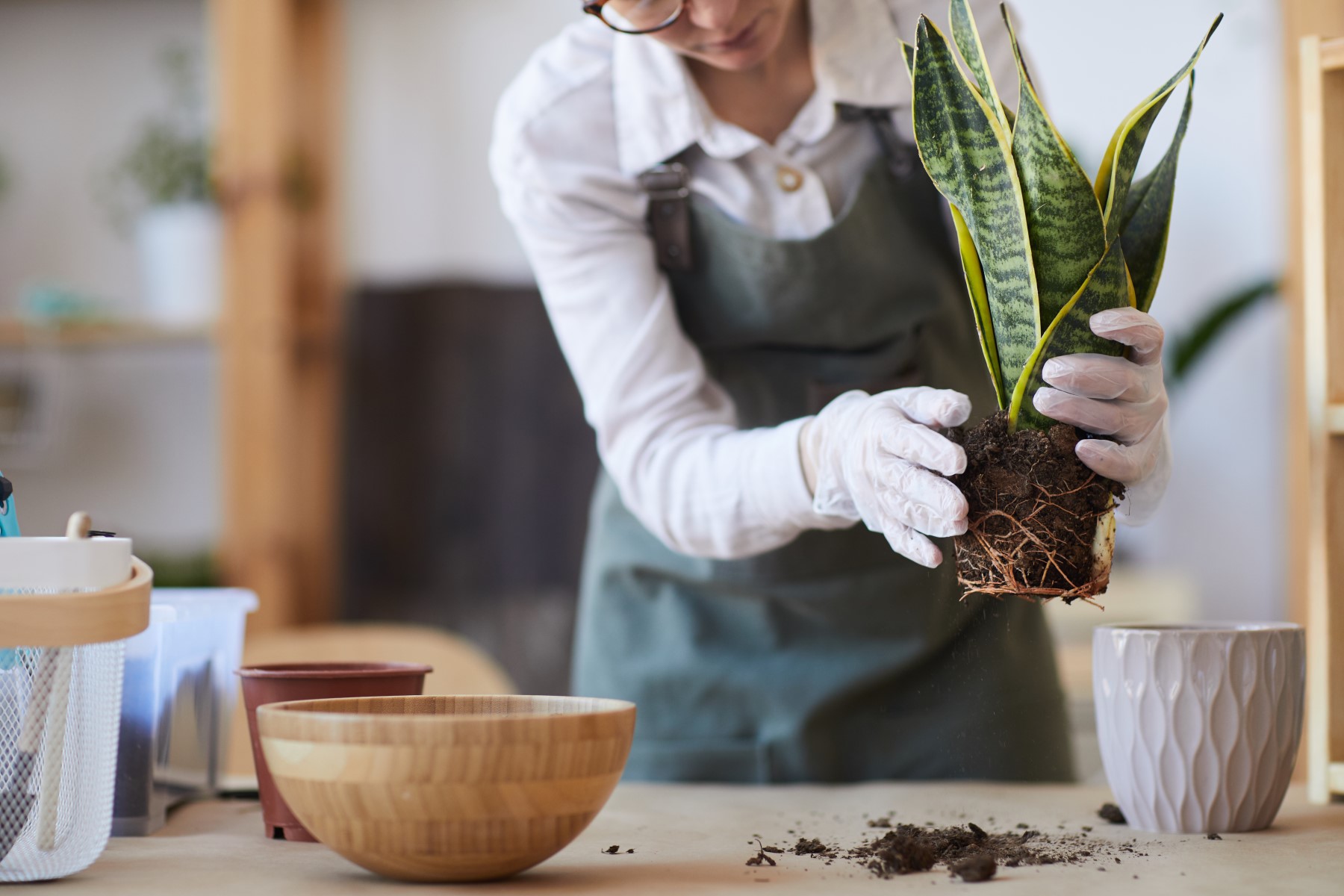
How to Tell When to Repot Your Plant
Unfortunately, plants are not like the fish in your tank that only grow to the size of their home. Plants grow root-bound when the amount of plant root volume exceeds the amount of soil volume in their container.
To check, gently lift out your plant from its container. If you can see mostly roots and very little soil, then it is time to transplant your plant into a larger container. Another way to tell is when watering, if water goes straight through as if there was no soil for it to soak into, you know your plant is root-bound.
Select a container that is about 20% larger in volume than your existing pot. A good rule of thumb is not to use a container that is more than 4 inches wider and deeper than your existing root ball. Use a good potting soil (we suggest G&B Blue Ribbon Blend) and make sure that the top of the existing root ball is even with the top of the soil in the new container. Read our blog about how deep to plant trees, shrubs, and plants.
When you are done, you should have no more than 2″ of new soil surrounding all sides of the root ball. Make sure to add a little plant food, and water thoroughly and you’re good to go!

For more tips on repotting plants check out our article and video on repotting a citrus tree. Plant Dr. Angela Turner gives some great advice on repotting plants in general and more specific tips for indoor citrus trees as well.
If you have any questions, stop by any one of our three Moana Nursery garden centers or contact us online.
Share
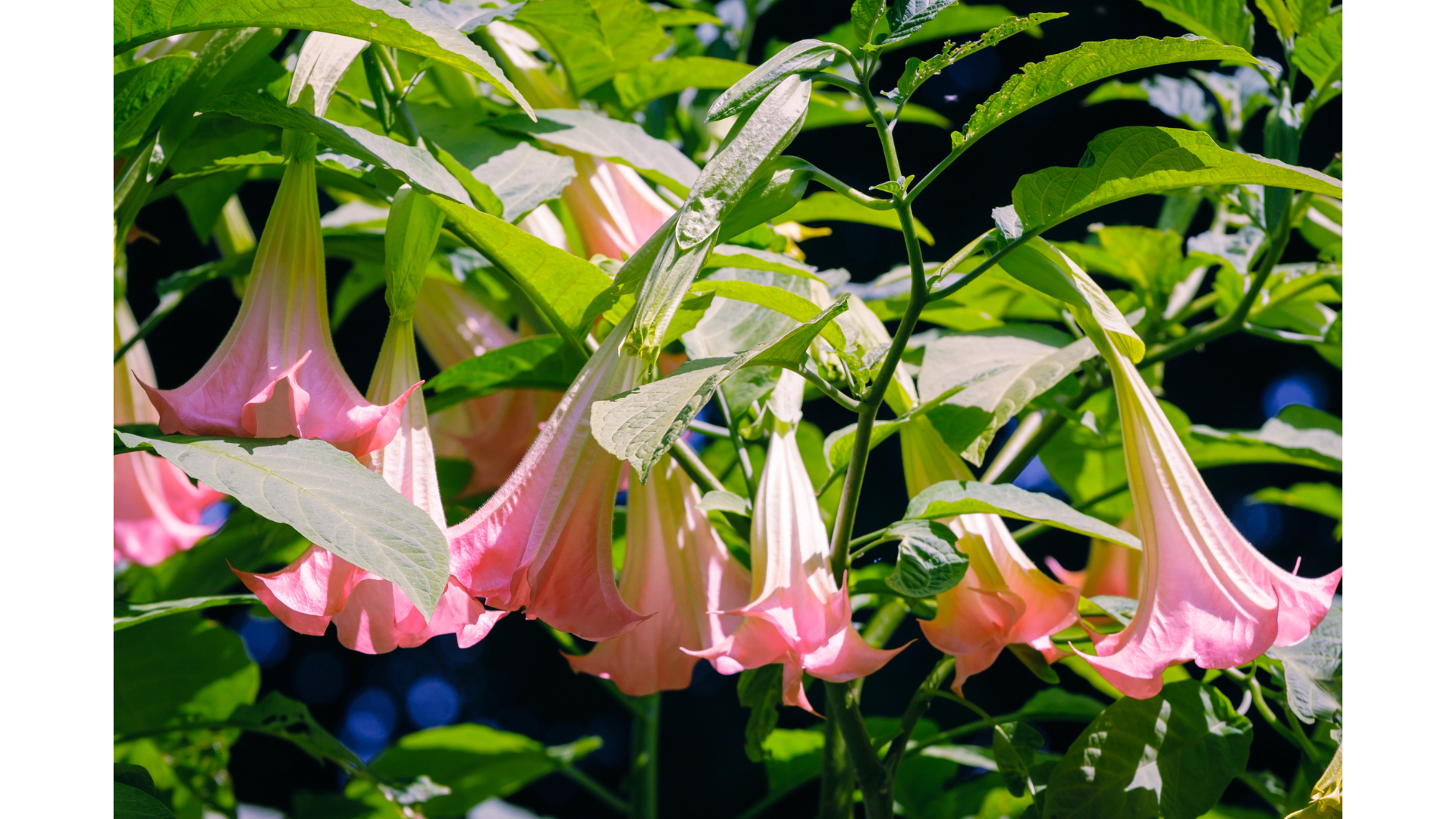
With its dramatic, trumpet-shaped flowers and intoxicating fragrance, Angel's Trumpet (Brugmansia) can transform any garden. However, it's important to approach this beautiful plant with care.
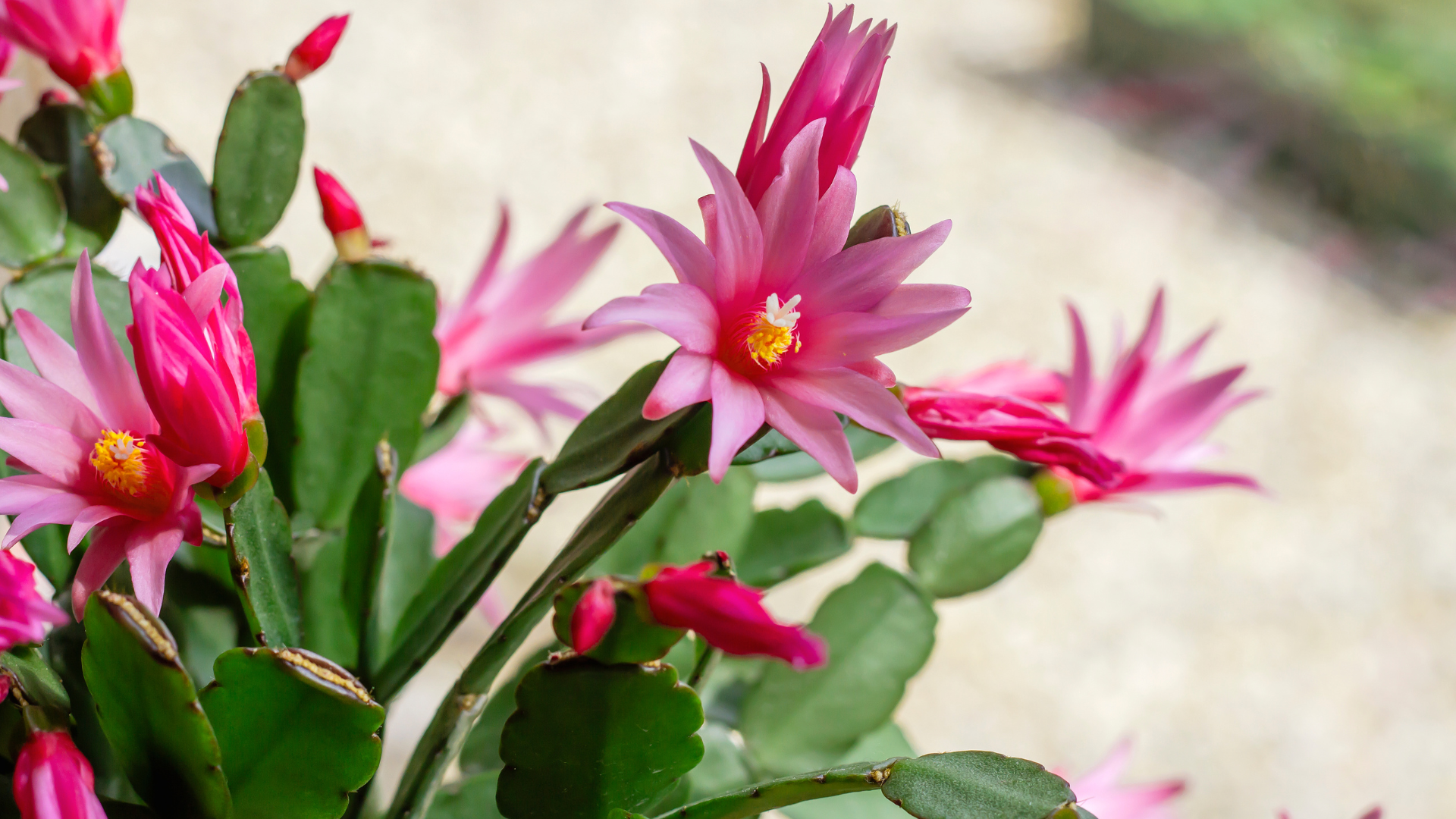
Rhipsalidopsis gaertneri, commonly known as Easter Cactus or Spring Cactus, is a stunning succulent that blooms in spring, adding a burst of color to indoor gardens.
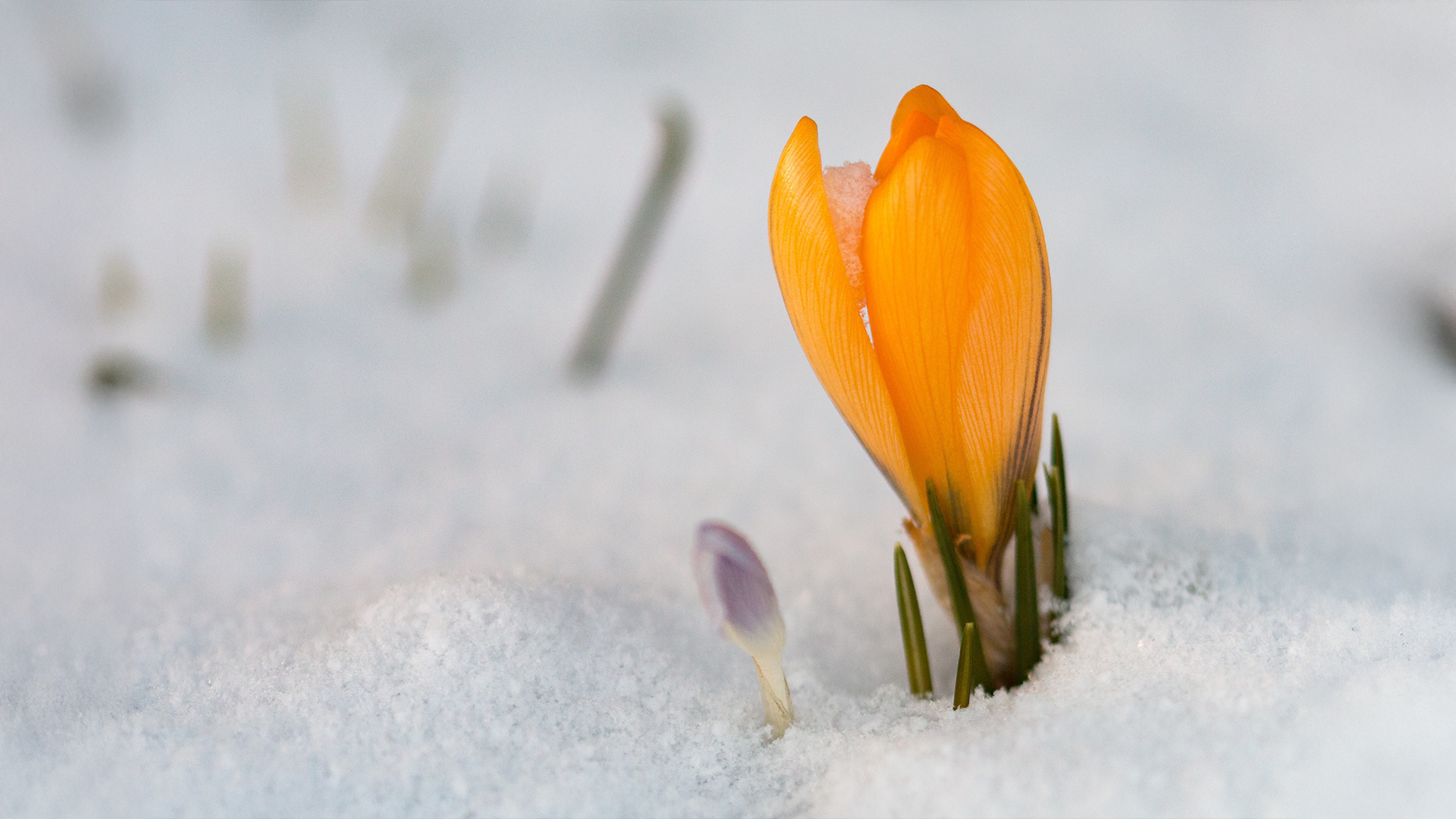
Sometimes a sudden warm spell can trick your spring bulbs into emerging too early. Here's how to protect your bulbs and ensure they thrive once the true spring weather arrives.
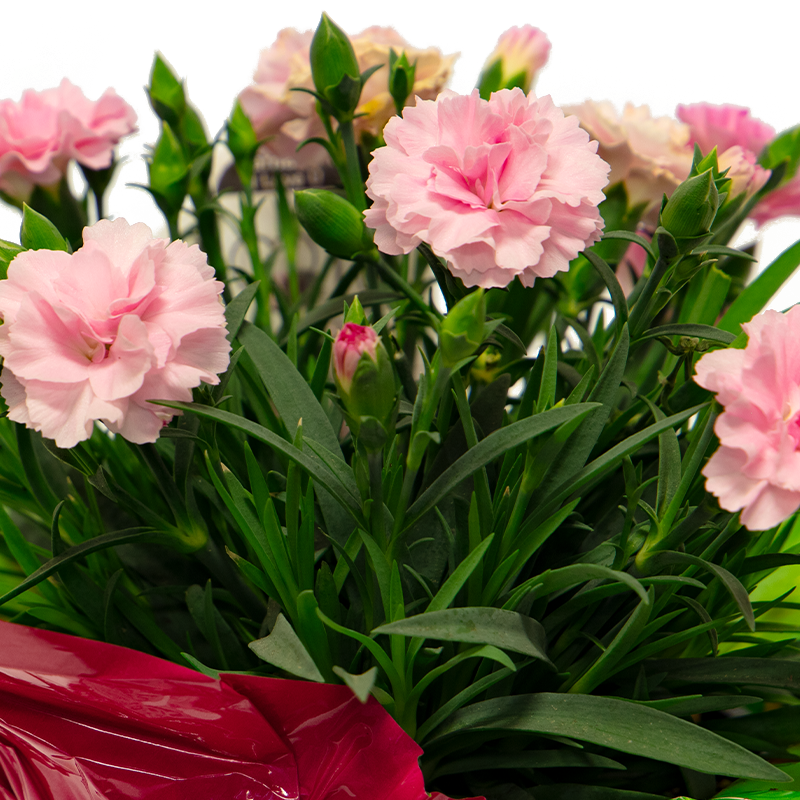
Dianthus are more than just beautiful flowers—they embody resilience, charm, and the promise of vibrant blooms both indoors and out.
